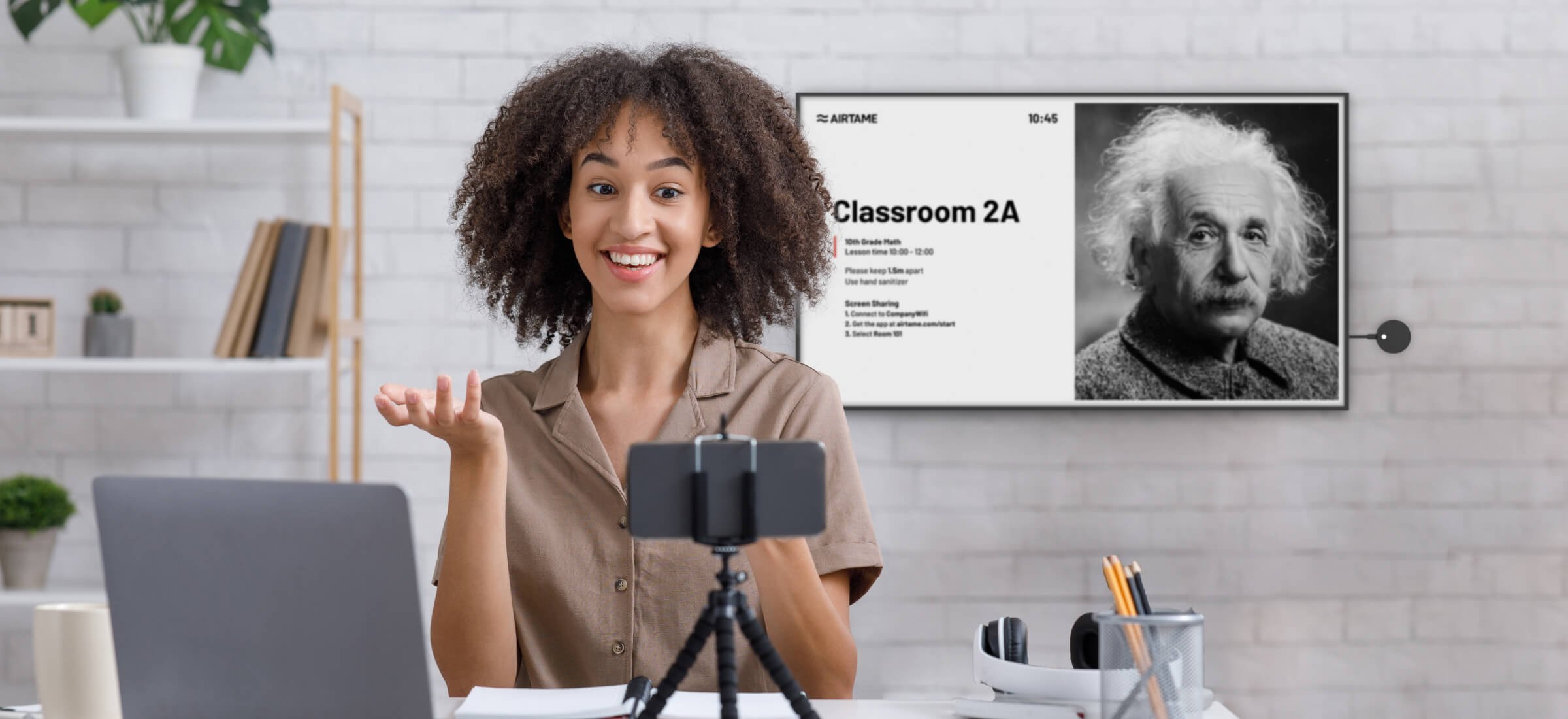As schools and educational facilities around the world plan for a gradual reopening, blended learning is becoming a more commonly used term within education.

As schools and educational facilities around the world plan for a gradual reopening, blended learning is becoming a more commonly used term within education.
We spoke to digital education expert, Joana Kompa, about the importance of embracing technology as part of a blended or hybrid learning approach, and how schools can effectively adopt educational technology in the classroom.
Blended learning – while not a new concept – is gaining momentum as educational institutions around the world continue to manage full or partial lockdowns, and prepare for gradual reopening.
Blended learning refers to an educational setup that involves a mix of face-to-face classroom time, independent online lessons, and a hybrid of in-person and remote learning.
According to Joana, embracing digital technology in the classroom to create a blended learning setup presents many benefits: “It enables us to put teaching and learning materials online, so we are relatively independent of space and time. This creates greater flexibility – learners can work on materials at their own pace, in their own time.”
Blended learning also empowers students to take more ownership of their education experience: “Some students become more self-reliant and self-directed, as they have access to more learning resources, such as videos and infographics online. As a result of this, the traditional role of student and teacher has changed. Teachers no longer exist to disseminate knowledge – they are actively involved in all aspects of the learning process.”
According to Joana, educational institutions that fail to embrace digital technology in the classroom will negatively impact student learning: “Teachers who keep hanging onto traditional instructional pedagogy and analog media will notice that the learning culture of their students continues to drift away from what is happening in the classroom.”
Joana also notes that today’s students are more accustomed to receiving feedback on an ongoing basis: “Young people who grow up with social networks are used to continuous feedback from their peers. By contrast, traditional school settings are among the few remaining places where little or no feedback on learning processes is offered. Subsequently, schools that resist reforming their technological infrastructure and pedagogical strategies are bound to frustrate teachers, students and parents alike.”
When it comes to embracing a blended learning approach in the classroom, Joana has some useful tips.
If you’re interested to find out how Airtame’s support for bring-your-own-device, one-to-many screen sharing and remote management contributes to blended learning, you can check out this blog.